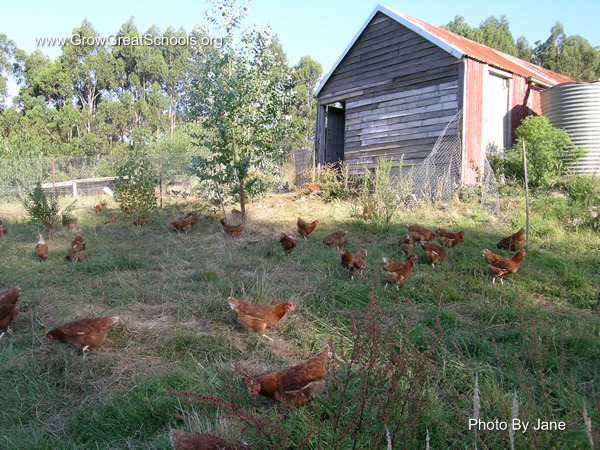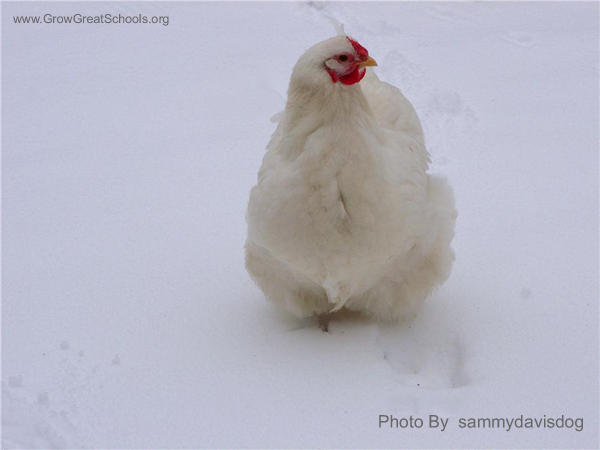There might be no better pet than one that provides continual food, and that pet would be a cow. But it’s an awfully large animal, and it might prove difficult to take care of it. Let’s explore how difficult it is, and learn about this creature that provides daily food to most developed countries.
Do your research: [climbing onto soapbox]. The first thing you should understand is rather elementary – a milking cow is female. It’s amazing how many people do not know this. Milk comes from female cows. The bulls do not give milk at all. Be sure to tell your children. We are getting further and further away from the farm. Many children believe that food comes from grocery stores and the trail ends there. Some know that it is grown in some fashion, but do not know how. My sister believed that pizza grew on trees until she was 11 years old. Some children believe that butter comes from corn! Even adults in the 50s fell for an April fool’s joke over the television that implied the spaghetti tree farms had a massive crop. So, do your research and buy the right cow. [Stepping down from the soapbox].
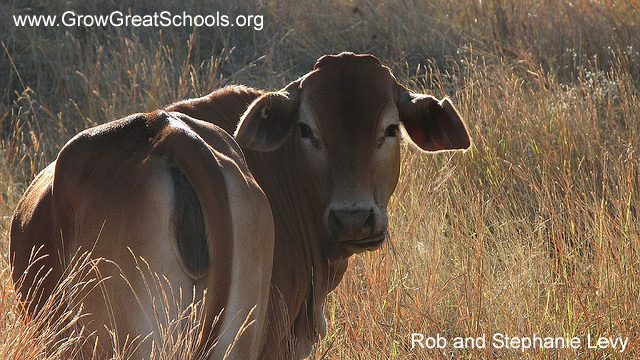
Food: A cow needs hay, grain, and water. It can eat grass in the summer, but it will take almost an acre of land for one cow. The bovine’s milk may taste different depending on whether it has been eating grass or grain. A lactating cow needs a lot of protein and a lot of water.
Stable: A cow needs shelter and will not make one on her own. A stable or house is needed to house the cow in inclement weather. The stable needs to be cleaned and used bedding replaced daily.
Vet: A cow needs the doctor just as your dog does. All pets cost money. I think it’s safe to say that bigger pets cost more money.
Milking: The cow has to be milked twice a day, preferably 12 hours apart. This will allow the cow to continue to produce milk, even when her calf is not present. I would say this might be the most difficult part of owning a cow. You cannot leave for vacation unless you have a specially trained pet-sitter.
Calving: Most cows need to be pregnant once a year to continue producing milk. This means that you need to somehow get the cow pregnant. There are actually bovine sperm banks for just this purpose.
So, the positives for owning a cow would be fresh milk, fresh butter, fresh cheese, and all 3 of those without growth hormones or any other chemical you may dislike. For more information on using milk and cheese etc. a huge bundle of books on healthy living topics including homesteading topics and ‘real food’ recipes will be available for a short period during September (unfortunately the bundle is now no longer available). The negatives of keeping a cow would be cost of time and money, land needed, and figuring out how to get your cow pregnant.
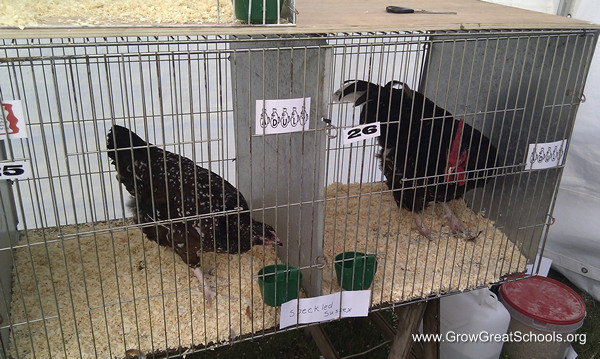
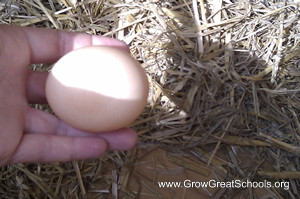 Those living near the wheat fields can buy their winter litter very cheap at this season of the year. All the threshing is over and the straw is now in the field. It is more handy to use baled straw than that which comes loose. It takes more room to store the loose straw and much harder to cart from house to house when it is not baled.
Those living near the wheat fields can buy their winter litter very cheap at this season of the year. All the threshing is over and the straw is now in the field. It is more handy to use baled straw than that which comes loose. It takes more room to store the loose straw and much harder to cart from house to house when it is not baled.
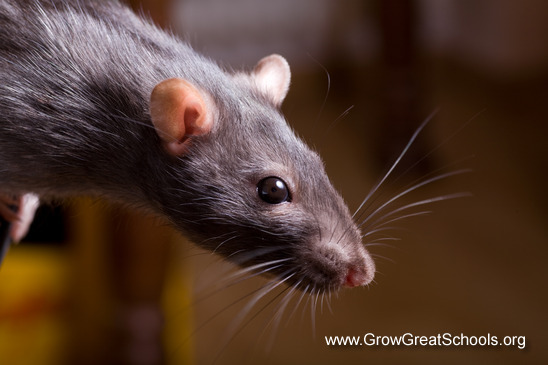
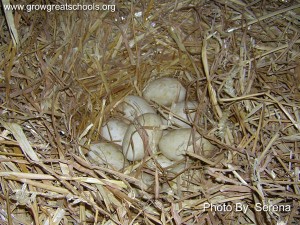 More than forty acres are under cultivation this year, with corn the main crop. This acreage will be increased next year. Fine orchards have been started, and the older trees cleaned up and grafted. A fine lot of thoroughbred sheep are utilized to graze the extensive lawns, and save mowing. The poultry, geese, ducks, and pheasants are all kept under ideal conditions, and by following the laws of nature very closely. Mr. Shaw has built a roomy, homey bungalow on the largest of the islands in the lake. This island is roughly egg shape, and a white paling fence just back of the stone wall surrounding it helps bring out this appropriate out line for the home on this egg farm. It would be hard to imagine a prettier setting for a home. Splendid water forms vistas through the trees open up on every side. Ducks and geese were playing in the water everywhere, the paling fence keeping them from the home lawn and garden. I saw nest after nest full of goose eggs that were being hatched just where the parent geese chose to locate their nest, and a few early broods were already off. The home island is connected by three bridges with the main land. Were Mr. Shaw to make them draw-bridges, he
More than forty acres are under cultivation this year, with corn the main crop. This acreage will be increased next year. Fine orchards have been started, and the older trees cleaned up and grafted. A fine lot of thoroughbred sheep are utilized to graze the extensive lawns, and save mowing. The poultry, geese, ducks, and pheasants are all kept under ideal conditions, and by following the laws of nature very closely. Mr. Shaw has built a roomy, homey bungalow on the largest of the islands in the lake. This island is roughly egg shape, and a white paling fence just back of the stone wall surrounding it helps bring out this appropriate out line for the home on this egg farm. It would be hard to imagine a prettier setting for a home. Splendid water forms vistas through the trees open up on every side. Ducks and geese were playing in the water everywhere, the paling fence keeping them from the home lawn and garden. I saw nest after nest full of goose eggs that were being hatched just where the parent geese chose to locate their nest, and a few early broods were already off. The home island is connected by three bridges with the main land. Were Mr. Shaw to make them draw-bridges, he 